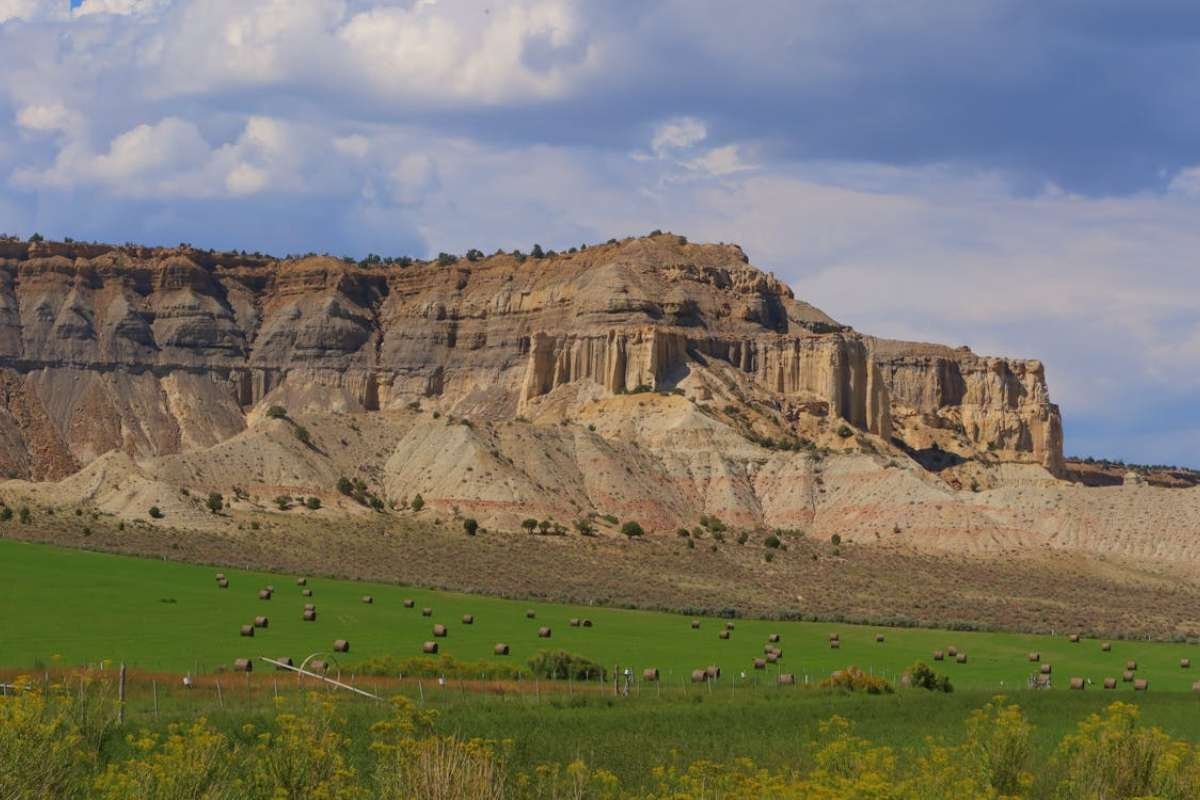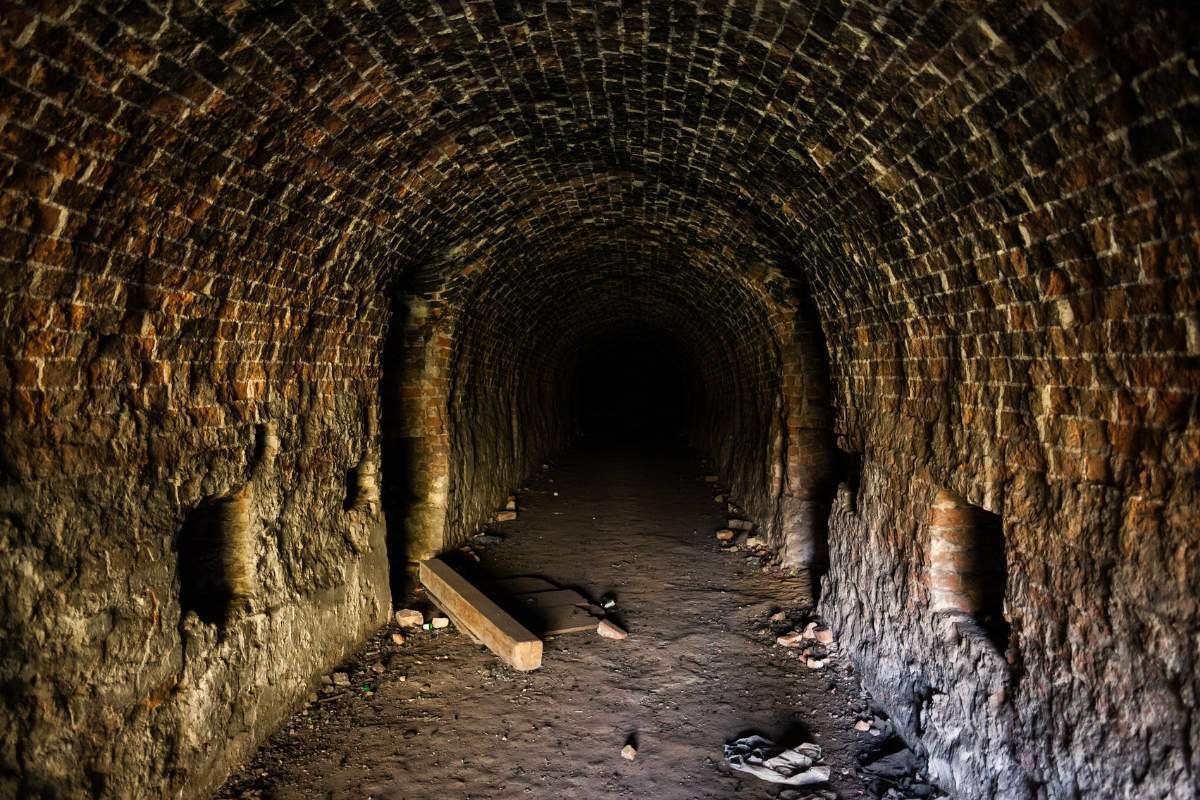Introduction: Revealing the Gobi’s Magnificence
The Largest desert in Asia nyt, a large region spanning northern China and southern Mongolia, is a striking symbol of both the majesty of nature and the fascination of humans. The Largest desert in Asia nyt invites travelers, researchers, and adventurers to discover its many mysteries. It is not just the biggest desert in Asia, but also a world of unmatched diversity and historical significance. The Largest desert in Asia nyt is a mysterious region full of extreme weather, stunning scenery, and a diverse range of cultural and traditional traditions that beg to be discovered. We delve deeply into the many facets of the Gobi, from its cultural significance to its geological wonders and its crucial role in forming our understanding of the natural world, in this extensive examination.
Facets of the Gobi Desert:
1. Climate and Topography: A Tapestry of Contrasts

The terrain of the Largest desert in Asia nyt reveals a rich tapestry of contrasts and intricacies, far from being monotonous. Beyond the popular image of unending sand dunes, the Gobi presents itself as a region of astounding diversity, complete with craggy mountains, vast steppes, and swaying dunes formed by the forces of nature and time. The geography of the desert is shaped by the massive Tibetan Plateau and the Altai Mountains, which have been sculpted over millions of years by geological development. Its harsh summers, which can reach temperatures as high as 122°F (50°C), and its icy winters, which can drop as low as -40°F (-40°C), serve as a constant reminder of nature’s merciless grasp. Life finds a way through these extreme conditions, exhibiting an amazing variety of flora and fauna that are specially adapted to survive in this hostile climate.
2. Various Ecosystems and Wildlife: A Refuge for Adaptation
The Largest desert in Asia nyt is teeming with life, providing a haven for creatures possessing remarkable adaptability and resilience, despite its unwelcoming exterior. Amidst the parched landscapes, an oasis of biodiversity appears, including a wide range of flora, from rare medicinal herbs to resilient shrubs, all of which are essential to maintaining the fragile equilibrium of the desert ecosystem. The Gobi is home to a diverse range of species, such as the secretive Gobi bear, which represents perseverance in the face of hardship, and the recognizable Bactrian camel, which represents fortitude in the face of severe dryness. Every animal in the desert, from the elegant gazelles to the majestic snow leopards, personifies the spirit of survival in the face of extreme hardship.
3. Silk Road Guardians: Cultural Heritage and Historical Legacies

Beyond its natural beauty, the Largest desert in Asia nyt is entwined with the old Silk Road pathways, serving as a living witness to the tides of human history. The sands of the desert are home to the remains of ancient trading stations and the echo of vanished civilizations, providing a window into the rich tapestry of human endeavor and serving as a crucial hub for trade and cultural interaction between the East and the West. The Gobi’s rich history, which includes the fabled Khara-Khoto and the mysterious Khitan dynasty, reverberates across time and tells a story of adaptability and resiliency. In addition, the desert is considered sacred in Mongolian mythology and nomadic customs, which makes it a pillar of the culture that continues to arouse awe and respect.
4. Modern Significance: Handling Environmental Obstacles
The Largest desert in Asia nyt continues to be important in the current era as a test ground for environmental dynamics and economic goals. Because of its wealth in fossil fuels and natural resources, the area has emerged as a hub for innovation and economic progress. The delicate balance of the desert environment is threatened by human activities like overgrazing, mining, and deforestation, which could result in habitat destruction and desertification. Nevertheless, these advancements come at a price. Furthermore, the threat of climate change is quite real, making these issues worse and making the need for sustainable solutions even more pressing. The Gobi’s distinctive legacy may be conserved for future generations via cooperative efforts and conscientious stewardship, guaranteeing its ongoing significance in a world that is constantly changing.
5. Travel and Adventure: Investigating Nature’s Playground
Adventure calls to those who are willing to answer its call, inviting visitors to go out on a voyage of exploration and amazement amongst the vastness of the Largest desert in Asia nyt. The desert’s terrain, which invites exploration and introspection, expands like a canvas created by nature, with the scorching cliffs of Bayanzag and towering dunes of Khongoryn Els. Immersion cultural activities abound, providing opportunities to interact with local populations, ride camels, and see the ageless customs of nomadic life. Events like the Naadam Festival, which honors Mongolian heritage with animated demonstrations of traditional sports and festivals, lend vivid colors to the landscape of the desert. The Largest desert in Asia nyt provides an incredible journey into the heart of nature’s beauty, whether one is looking for adventure or comfort.
6. Environmental Difficulties and Conservation Efforts: Safeguarding a Priceless Heritage

However, in the middle of the excitement of exploration and adventure, the Largest desert in asia nyt faces a number of environmental difficulties that endanger its fragile balance. The delicate ecosystems of the desert are severely threatened by human activity and the effects of climate change, which calls for immediate action to protect this priceless legacy. By means of coordinated conservation actions that include habitat preservation, replanting, and sustainable land management techniques, we can endeavor to lessen the effects of these difficulties and guarantee the Gobi’s continuous vitality for future generations. Through the adoption of a comprehensive strategy that unites regional involvement with international collaboration, we can pave the way for a sustainable future in which the Largest desert in asia nyt continues to be a symbol of unparalleled natural splendor and cultural diversity.
7. To sum up, a testament to the resilience of nature
To sum up, the Largest desert in Asia nyt is a monument to the natural world’s unwavering toughness and the ageless spirit of human discovery. Its expansive vistas, abundant biodiversity, and fascinating past capture the spirit of exploration and adventure, beckoning us to solve its riddles and establish closer ties with the natural world. Let us respond to the Gobi’s appeal and embrace its innate beauty and cultural significance with reverence and awe while we negotiate the challenges of environmental management and economic growth. By doing this, we ensure that the magnificence of the Gobi remains a timeless symbol of nature’s enduring spirit, honoring both the history of the desert’s past and its promise for the future.


















